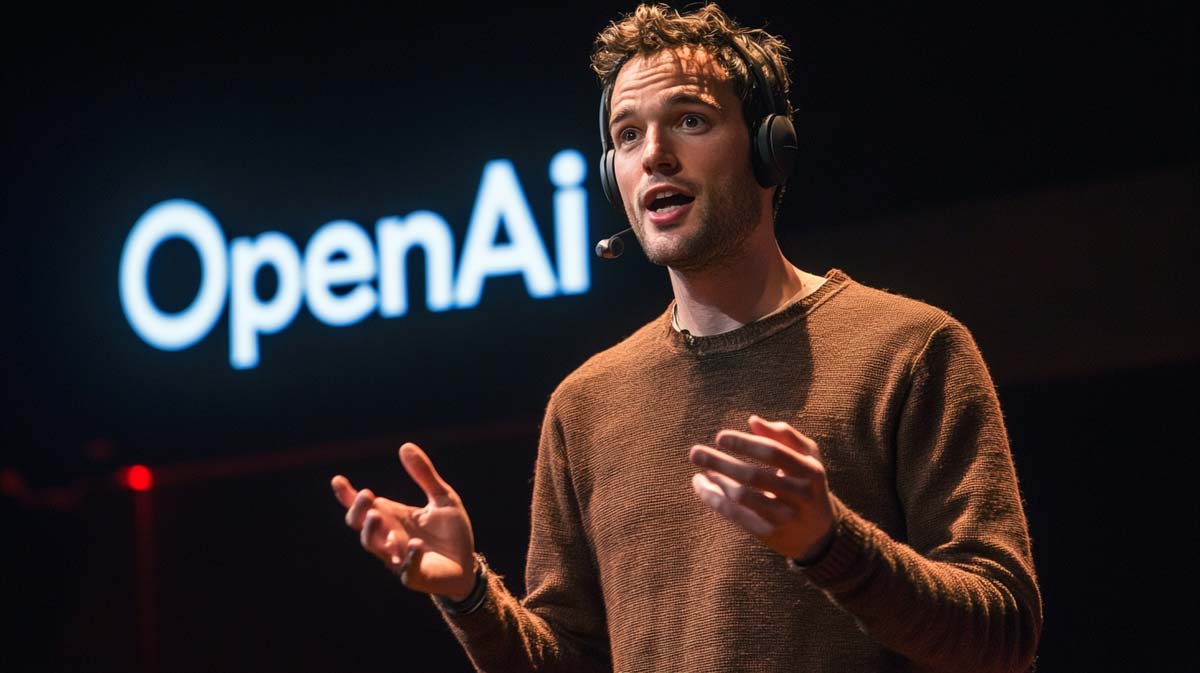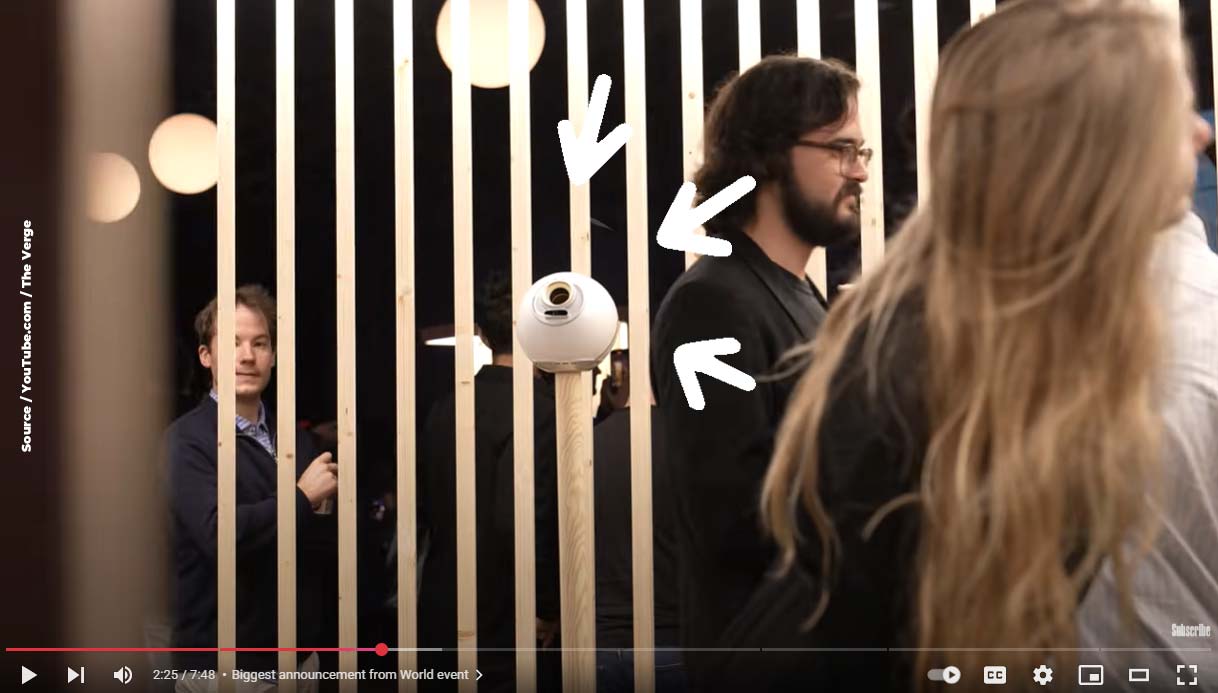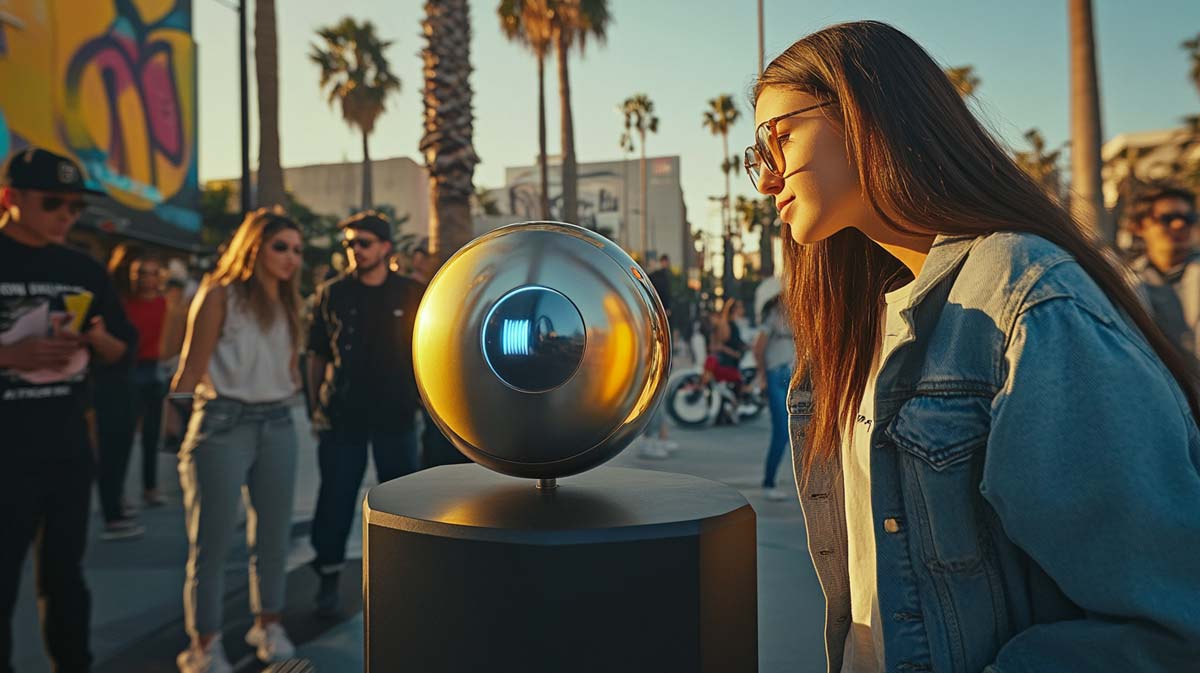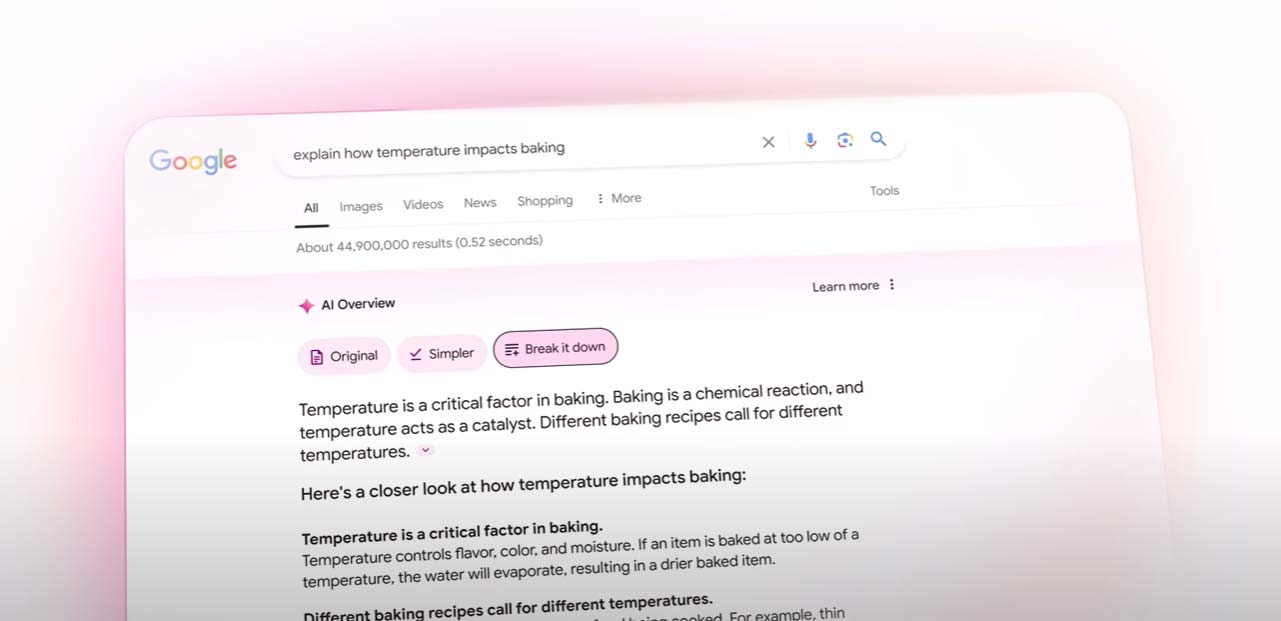OpenAI: The AI giant with ChatGPT, DALL-E, Sam Altman & Co.
OpenAI is one of the most exciting AI companies of our time. With tools such as ChatGPT, DALL-E and Codex, OpenAI is shaping the global discourse on artificial intelligence. But what exactly does OpenAI do? Where does the company come from – and what are its plans for the future?
What does OpenAI actually do?
OpenAI develops AI models and tools that can understand and process language, images, code and voice input. This is not just about research – but about concrete products that can be used worldwide.
ChatGPT
The best-known product: ChatGPT. It is an AI-supported chatbot that can generate, analyze and structure texts – from everyday language to programming code. Millions of people use ChatGPT every day, as reported by the New York Times, among others.
- Text-based answers in natural language
- Use for writing, researching, planning, coding
- Available as a web app, mobile & via API
What can you do with ChatGPT? For example, real estate tools with AI.
DALL-E
DALL-E generates images from text input. The text-to-image approach has been widely praised, for example by The Verge, which reported on the creative possibilities of AI.
- Image generation on the basis of descriptions
- Ideal for design, social media & storytelling
- Can be used directly in the browser or via ChatGPT
Codex
Codex understands programming languages and can write code from natural language. According to WIRED, Codex is a milestone on the road to AI-supported software development.
- Generate code from natural language
- Useful for developers, start-ups & low-code applications
- Basis for GitHub Copilot
Whisper
Whisper transcribes speech with high accuracy. TechCrunch describes it as a powerful, open-source speech-to-text tool.
- Automatic transcription of audio & video
- Multilingual and suitable for subtitles or notes
- Open source can be used for your own applications
OpenAI API
The OpenAI API is used by developers worldwide. As VentureBeat reports, the community is growing rapidly.
- Access to AI functions via interface
- Individual automation & tools
- Scalable for start-ups to corporations
Where does OpenAI come from?
OpenAI was founded in San Francisco in 2015 by Sam Altman, Elon Musk and Ilya Sutskever, among others. Initially, OpenAI was a non-profit organization. The aim was to develop AI safely and accessibly for everyone. Since 2019, OpenAI has been operating under the “capped-profit” model, as the Washington Post explains in detail.
Origin & Structure
OpenAI consists of two entities – a non-profit parent company and a commercial subsidiary. This structure enables growth without handing over control to large corporations.
- Founded in California in 2015
- Non-profit core with commercial subsidiary
- Microsoft as a strategic partner & investor
What are OpenAI’s plans for the future?
The big goal is called AGI – Artificial General Intelligence. This is about artificial intelligence that thinks and learns like a human being. OpenAI CEO Sam Altman told The Economist that the company is working closely with governments to set ethical standards.
AGI, governance & new products
The development of AGI is complex – and risky. This is why OpenAI is also planning new hardware approaches, such as an AI device in collaboration with Jony Ive, which was also reported on by the Financial Times.
- Research into artificial general intelligence (AGI)
- Global talks on AI regulation
- Possible AI device with Jony Ive in planning
Conclusion: OpenAI as the platform of the future
OpenAI is much more than ChatGPT. It is a platform for modern AI applications – open for developers, usable for companies, accessible to everyone. If you want to understand how technology is evolving, you should keep an eye on OpenAI – and check back regularly.
OpenAI, Sam Altman & Co. more on the topic
Learn more about the OpenAI Bubble here:
Also interesting, as it is also by visionary Sam Altman:














 4.9 / 5.0
4.9 / 5.0